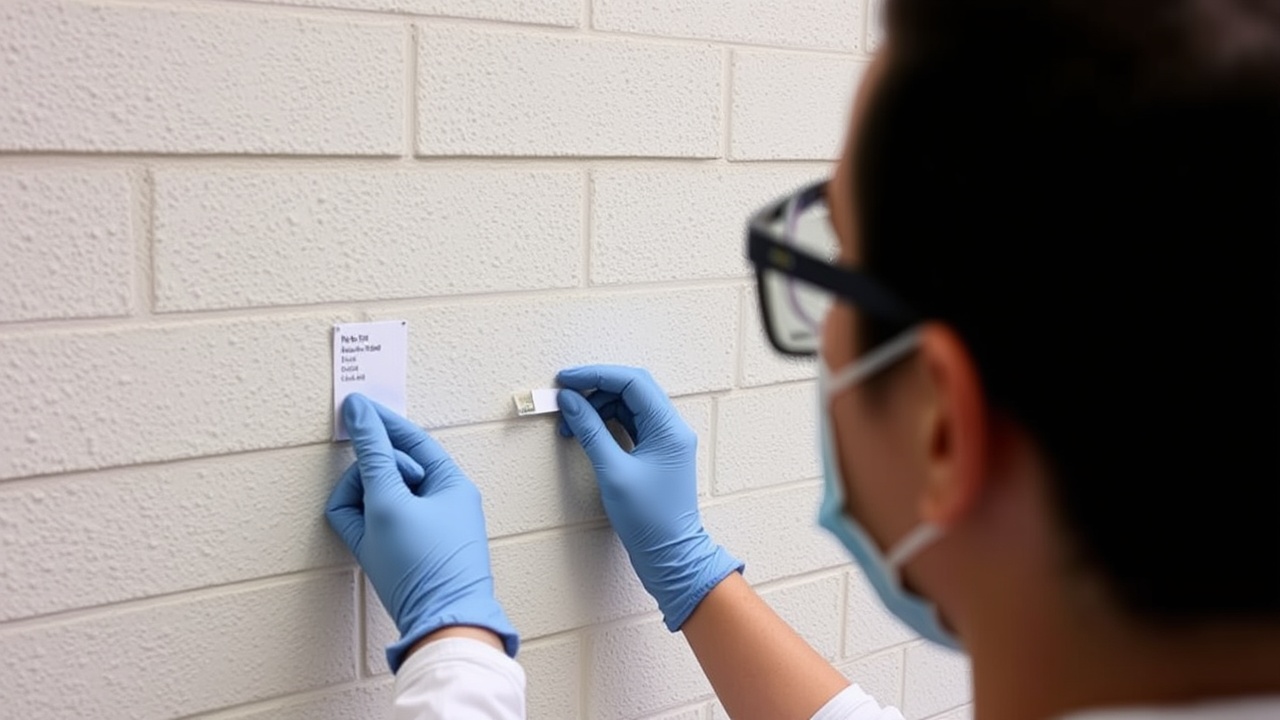Mold Testing or Sampling: A Comprehensive Guide
Mold testing is essential for maintaining a healthy indoor environment. Mold can grow in various conditions and can lead to significant health risks. This article explores the importance of mold testing, different testing methods, and how to effectively address mold issues.
What is Mold?
Mold is a type of fungus that thrives in moist environments. It reproduces by releasing spores into the air, which can lead to indoor mold growth when conditions are right. Common types of mold include Cladosporium, Penicillium, and Aspergillus. Each species can have different health effects and require specific remediation strategies.
Why is Mold Testing Important?
Mold testing is crucial for identifying the presence of mold, especially in hidden areas. High levels of mold spores can affect indoor air quality and pose health risks. Symptoms of mold exposure can include respiratory issues, headaches, and allergic reactions. Performing mold testing can help detect mold early and prevent more severe mold problems.
Types of Mold Testing Methods
There are several methods to test for mold, including:
- Visual Inspection: A certified mold inspector will visually assess the property for visible mold growth and moisture problems.
- Air Sampling: This method involves collecting air samples to determine the level of mold spores present in the indoor air.
- Surface Sampling: Samples are taken from surfaces suspected of mold contamination to identify specific mold species.
- Mold Test Kits: DIY mold test kits are available for at-home testing, allowing homeowners to check for mold presence.
How to Perform Mold Testing
To ensure accurate testing results, follow these steps:
- Identify areas with visible mold or musty odors.
- Choose an appropriate testing method, such as air quality testing or using a DIY mold kit.
- If using a DIY kit, follow the instructions carefully for sample collection.
- Send samples to a certified laboratory for analysis, or use the results from the DIY kit.
- Review the mold test results to determine the type of mold present and necessary remediation steps.
Mold Remediation
Upon confirming the presence of mold, remediation is essential. This process involves removing the mold and addressing moisture problems to prevent future growth. Professional mold inspectors can help assess the level of mold and recommend appropriate remediation strategies.
FAQs About Mold Testing
What are the symptoms of mold exposure?
Symptoms can include respiratory issues, skin irritation, headaches, and allergic reactions. Individuals with pre-existing health conditions may be at greater risk.
How often should I test for mold?
It is advisable to test for mold if you notice musty odors, visible mold growth, or after water damage events.
Can I perform mold testing myself?
Yes, there are DIY mold test kits available. However, for comprehensive results, consider hiring a certified mold inspector.
What should I do if I find mold?
Address the moisture issue, remove visible mold using appropriate cleaning methods, and consider professional remediation for extensive mold problems.
How can I prevent mold growth?
Maintain low indoor humidity, ensure proper ventilation, and address any moisture problems promptly to prevent mold growth.
Conclusion
Mold testing is a vital step in maintaining indoor air quality and ensuring a healthy living environment. By understanding mold types, testing methods, and remediation strategies, you can effectively manage mold-related issues in your home.

